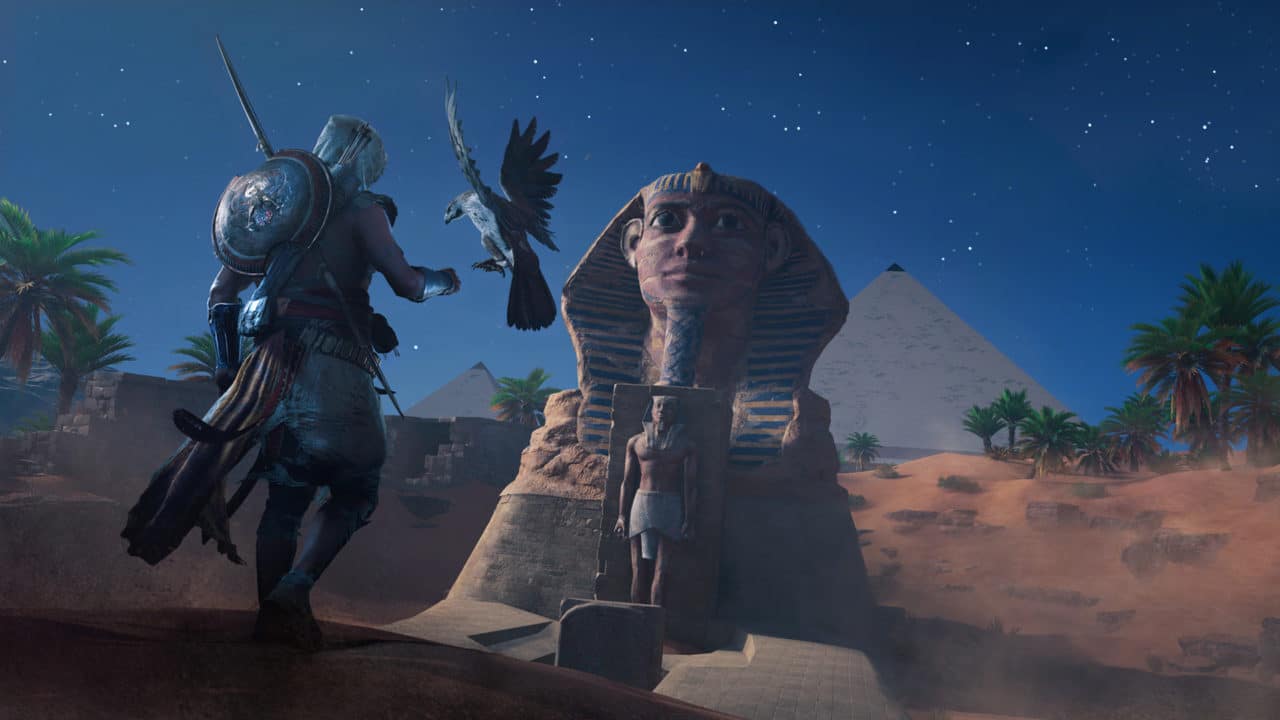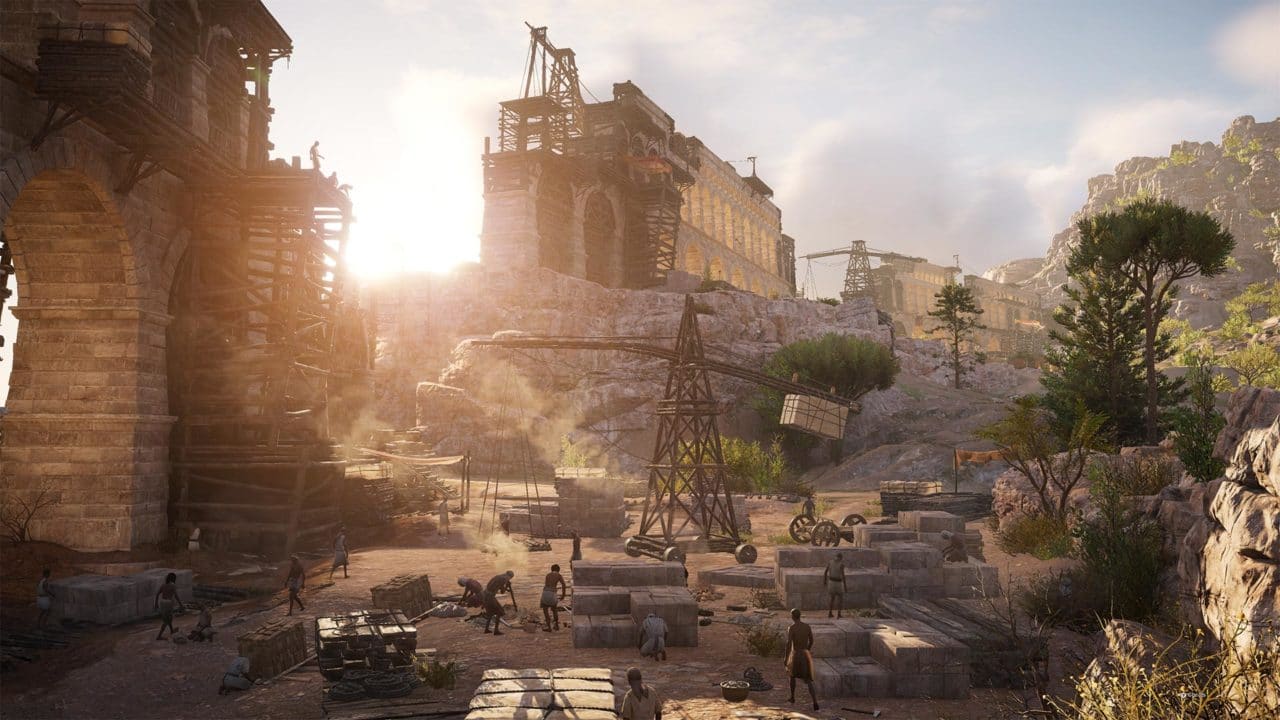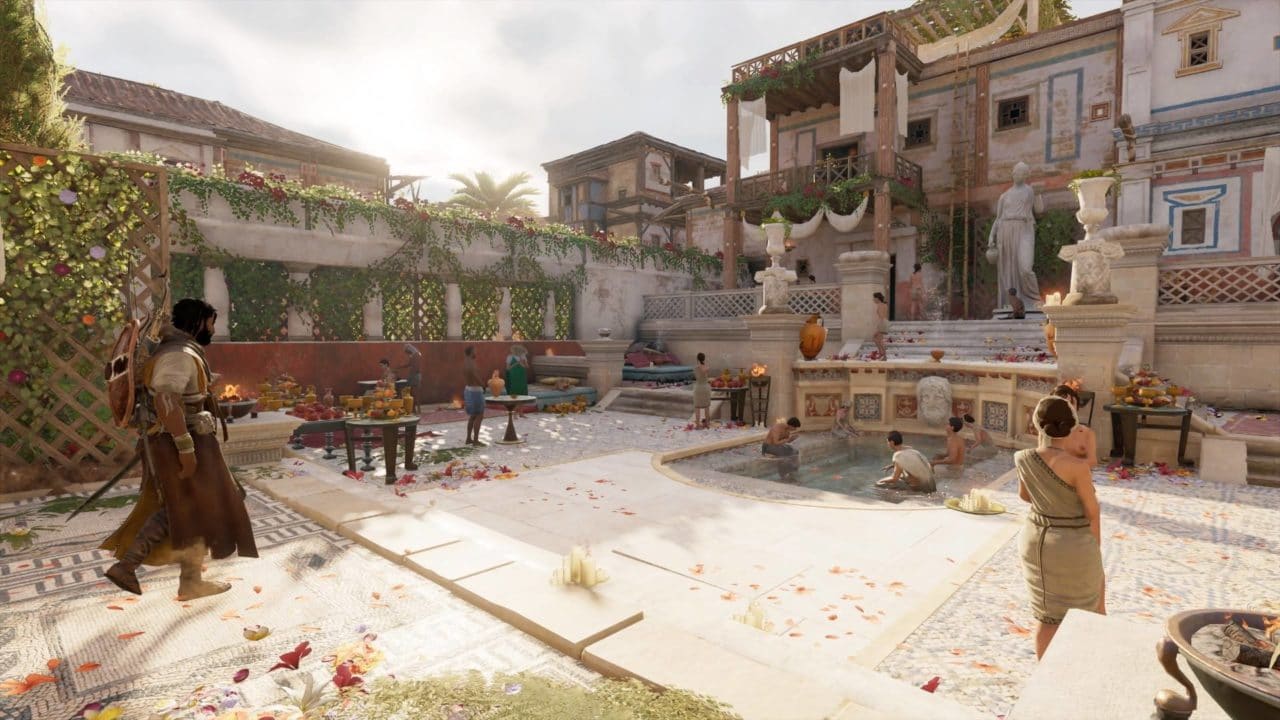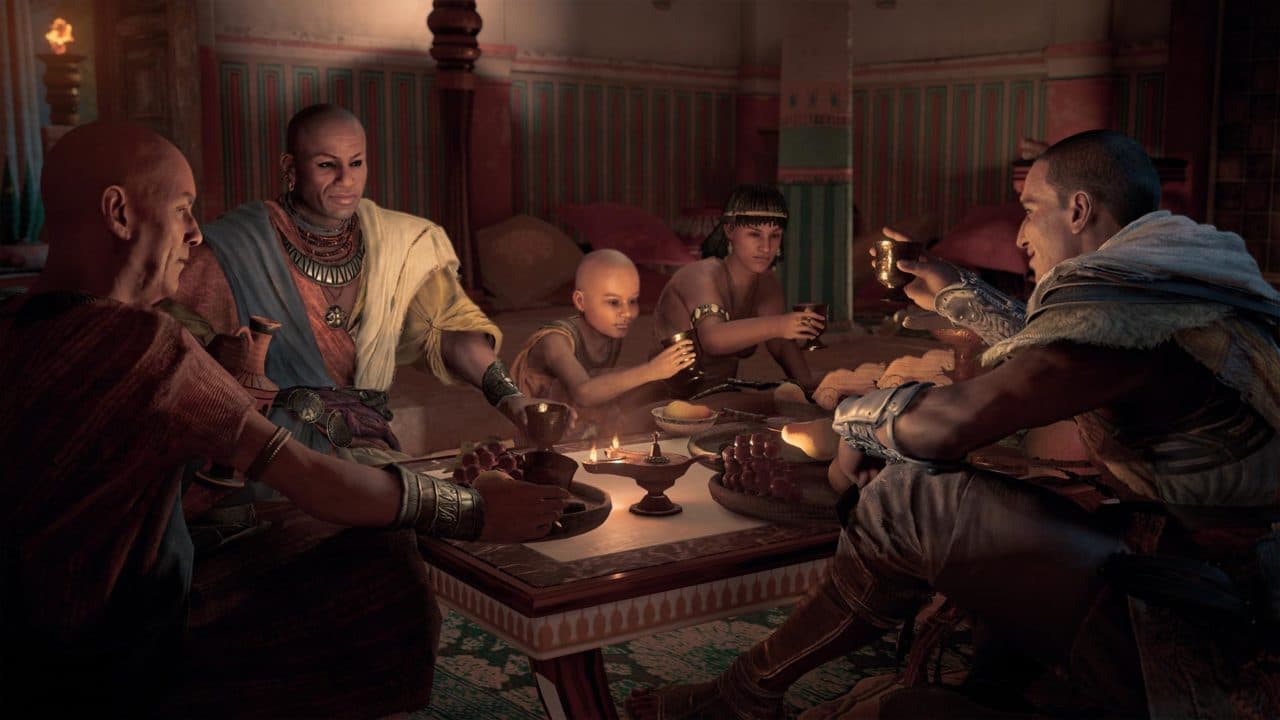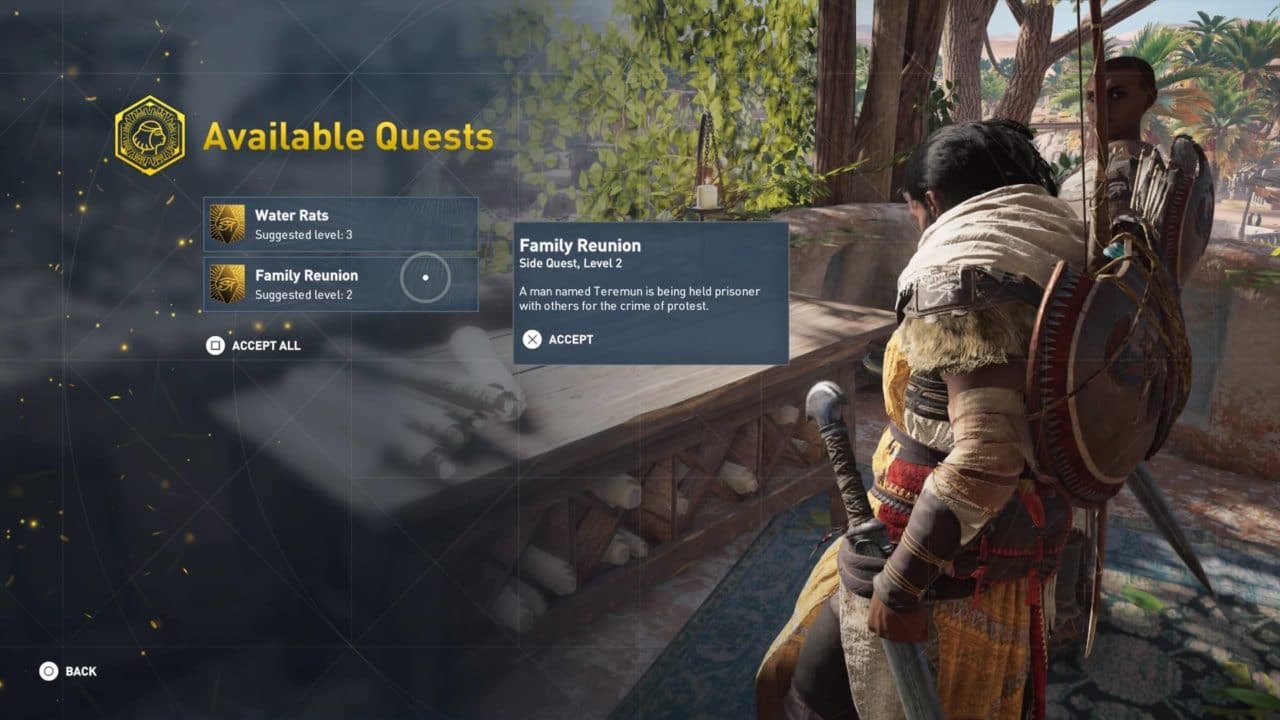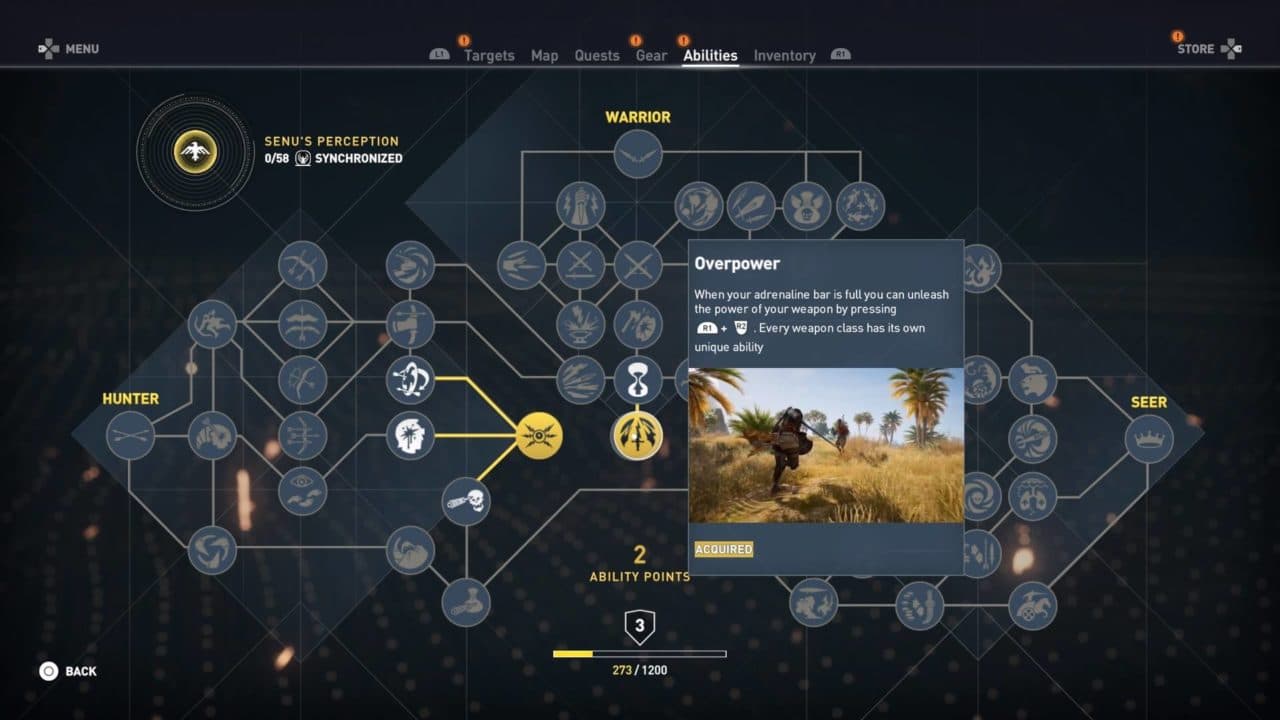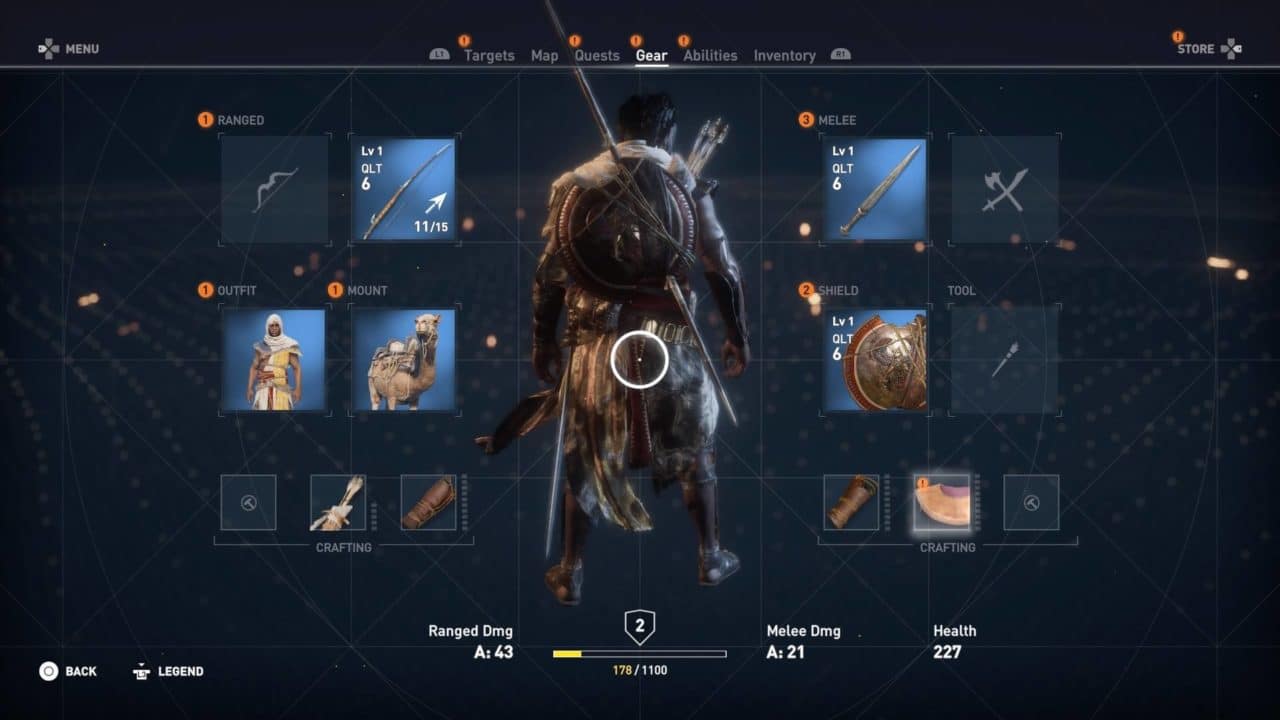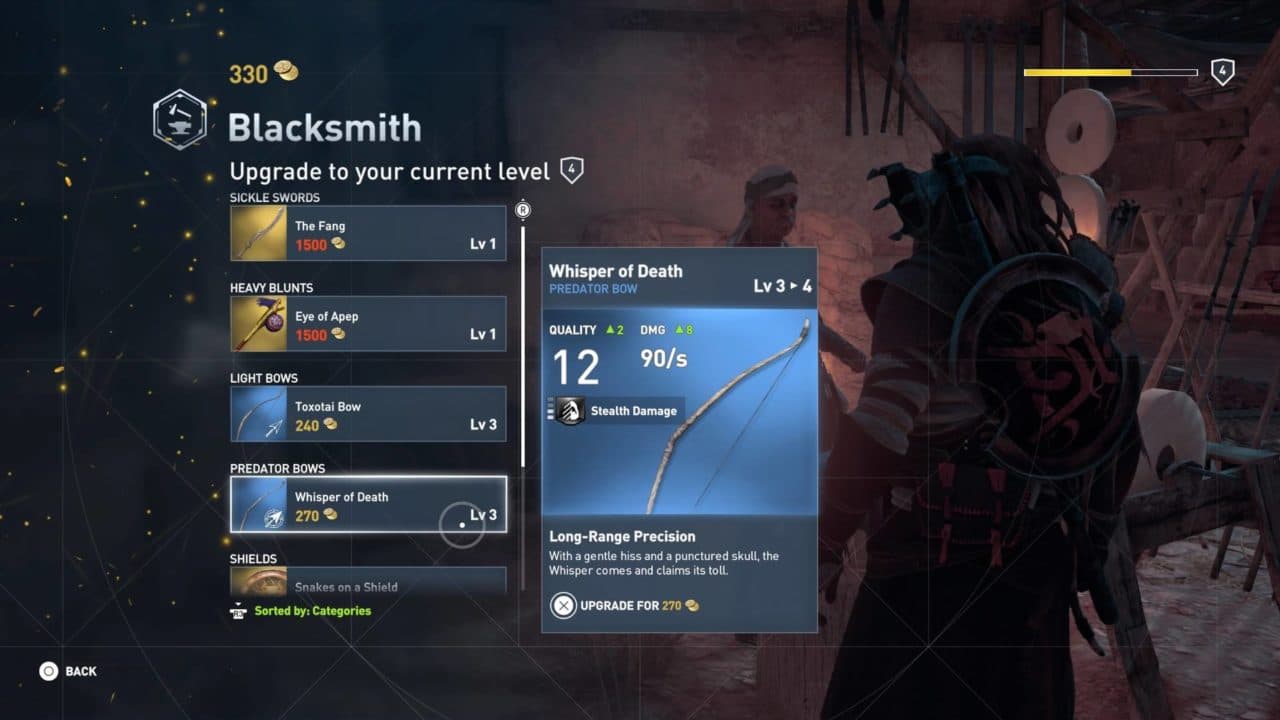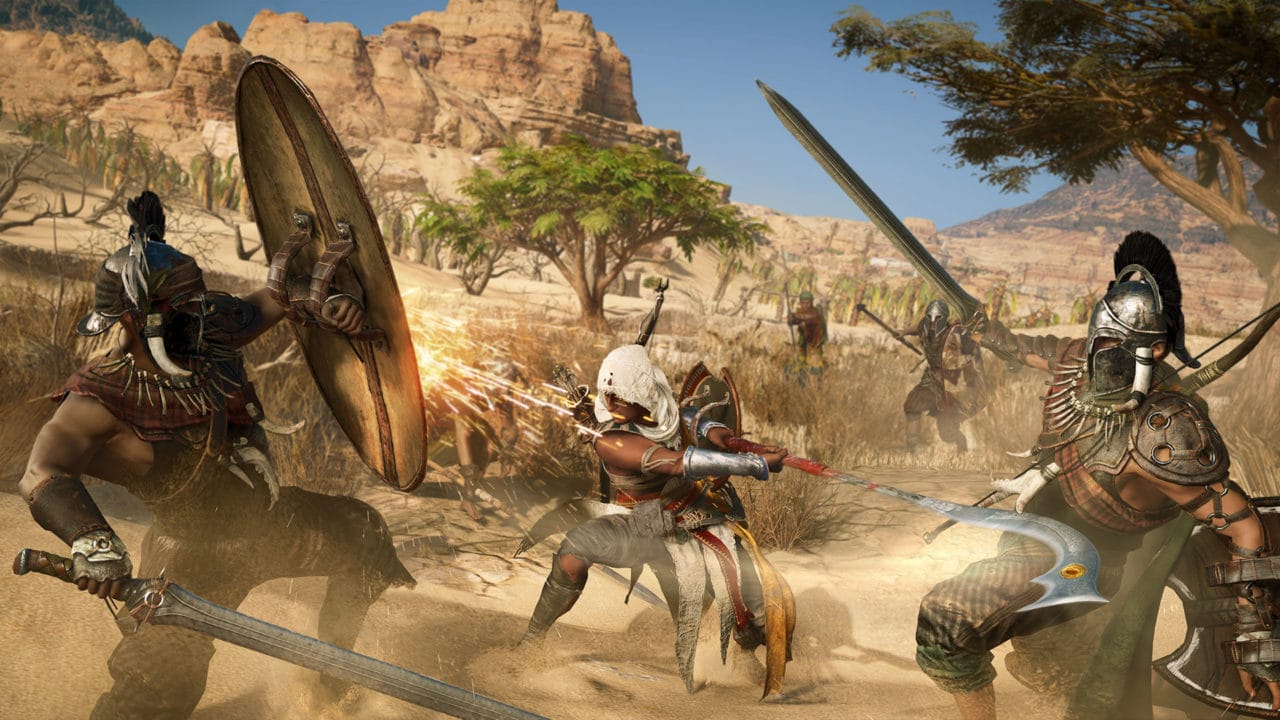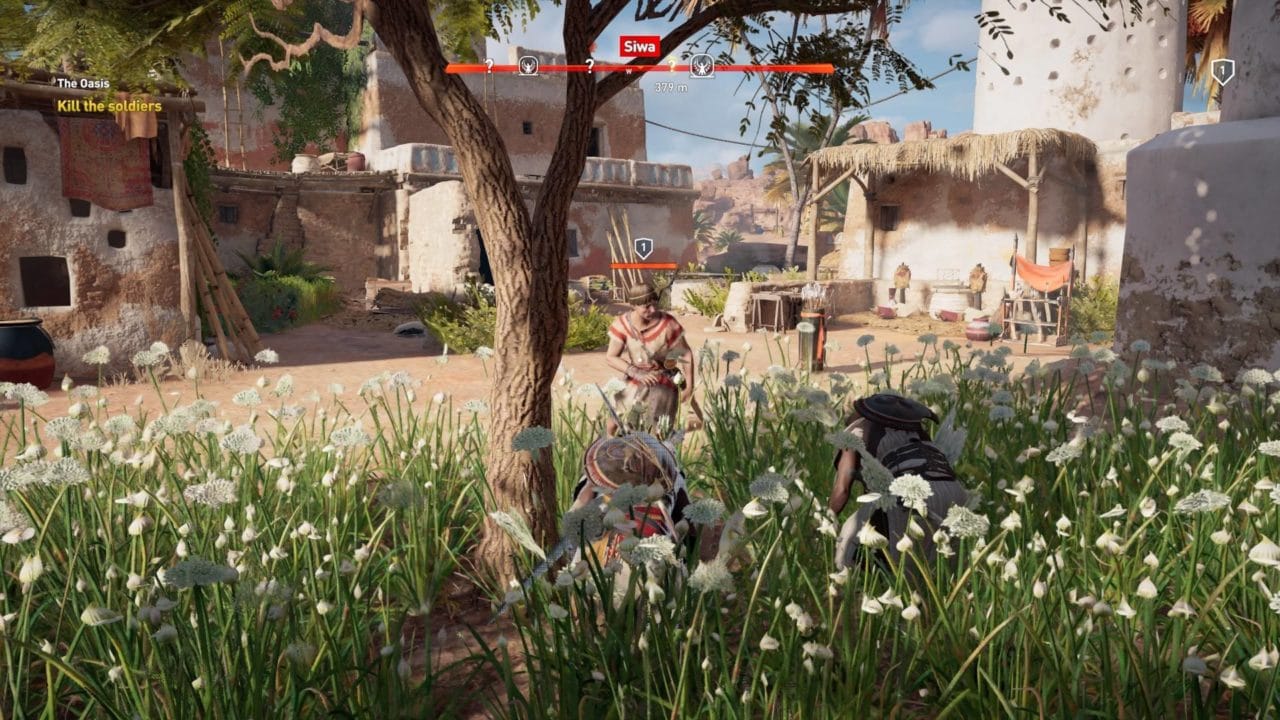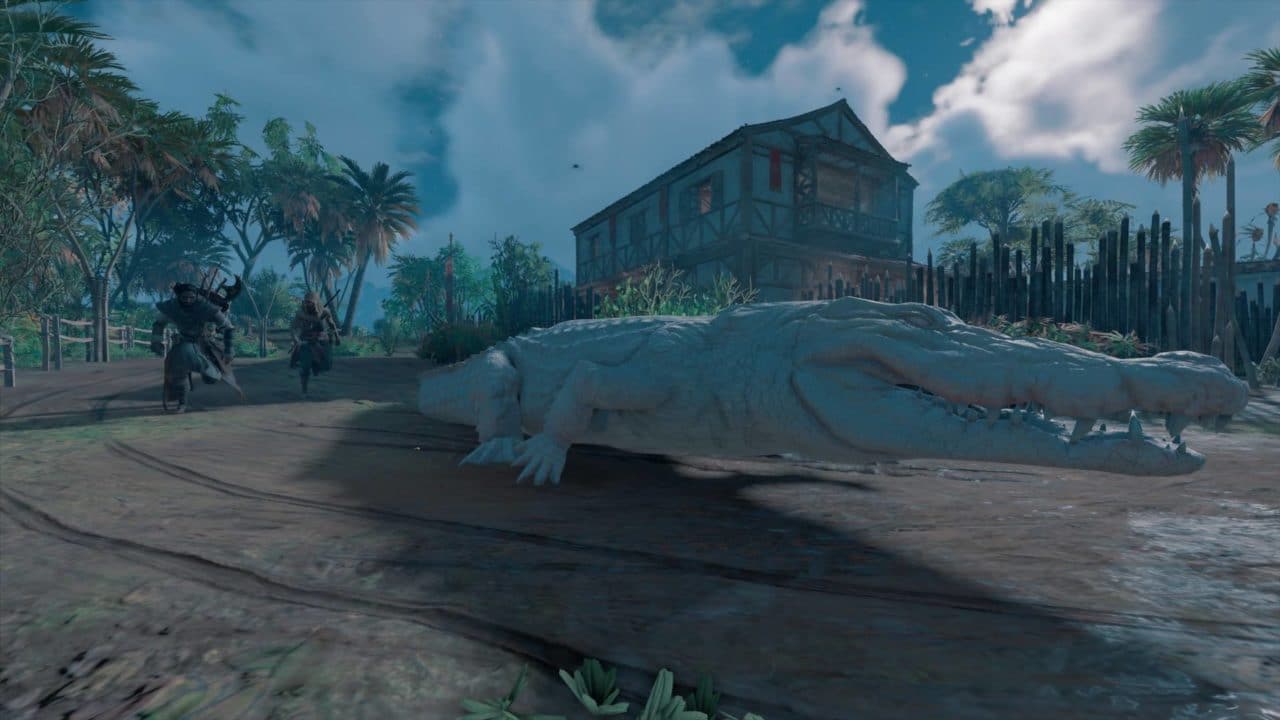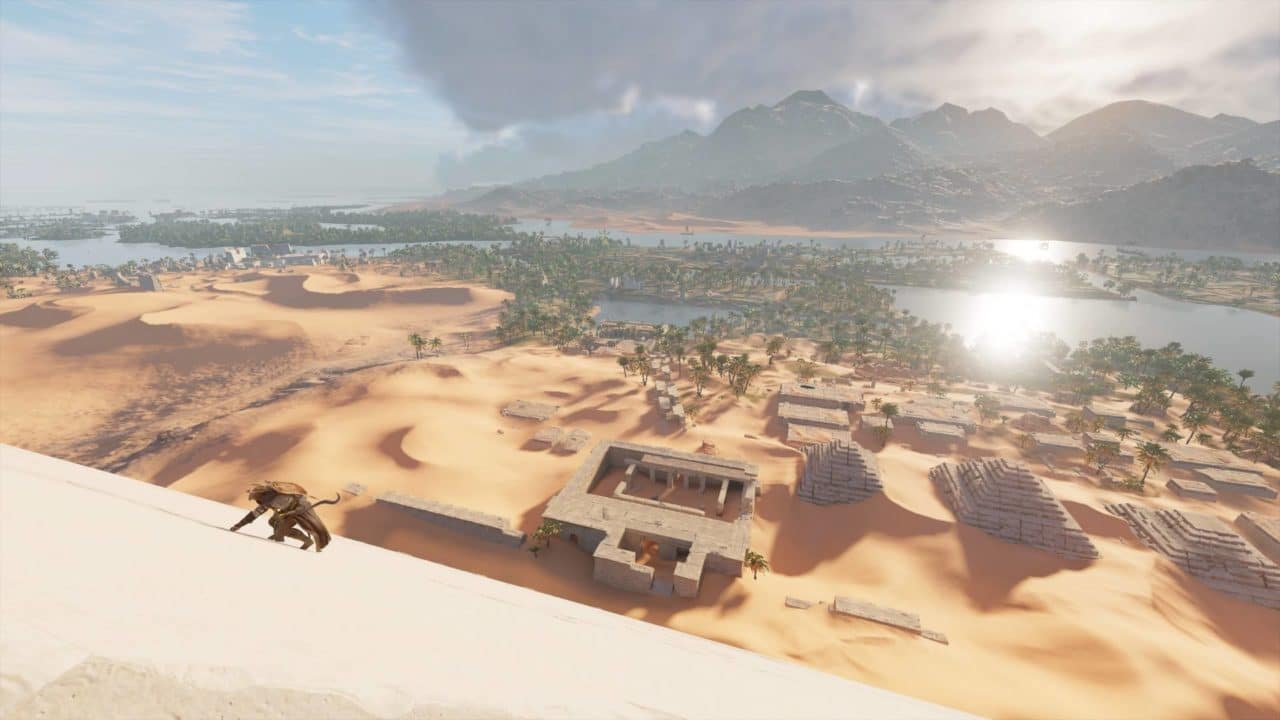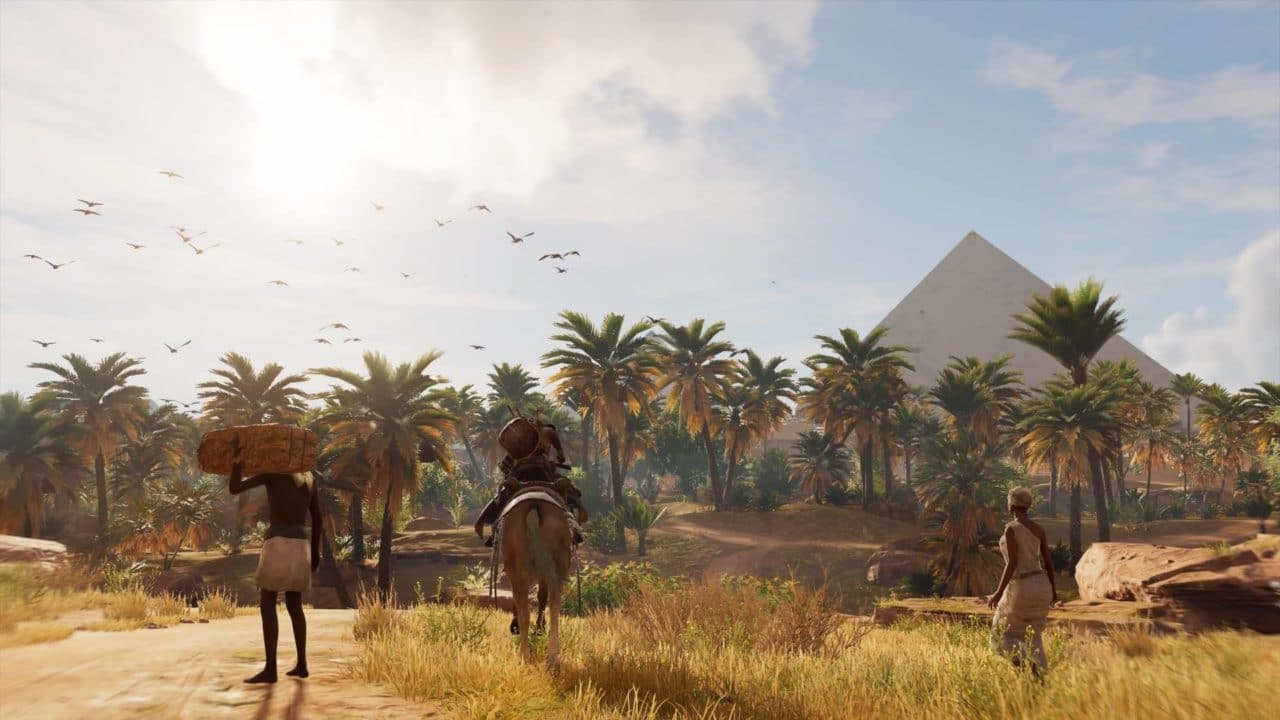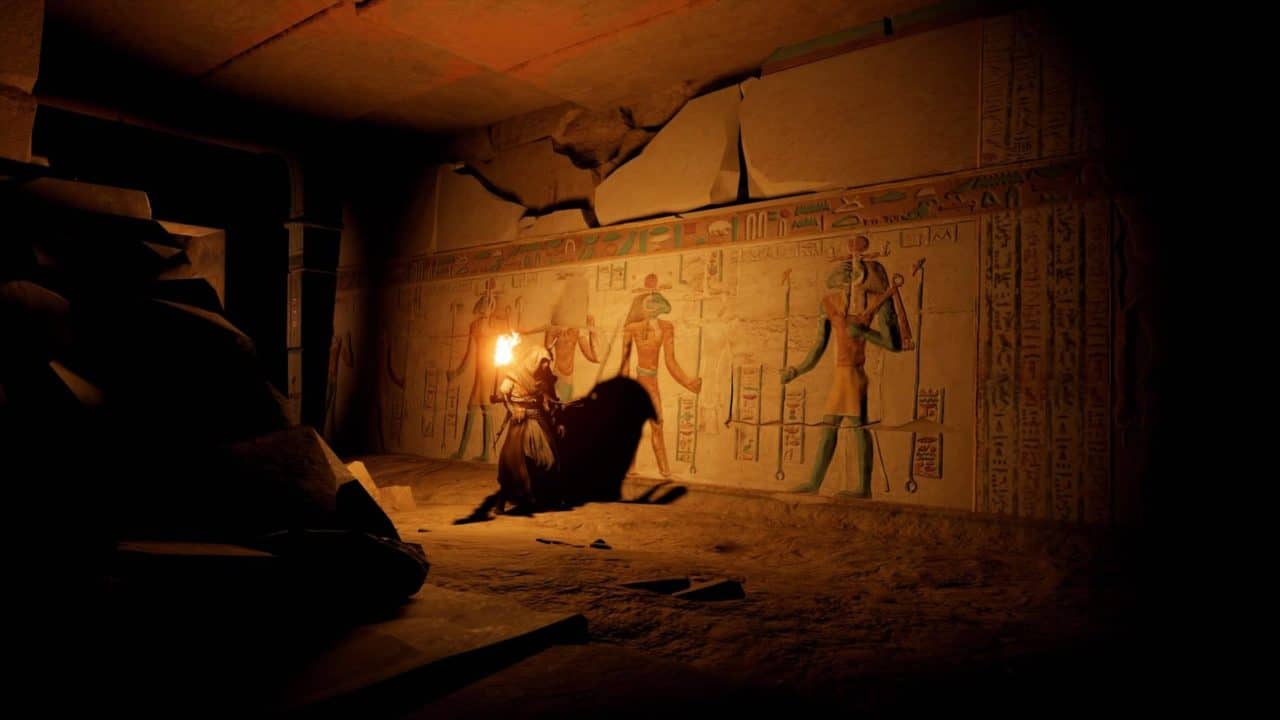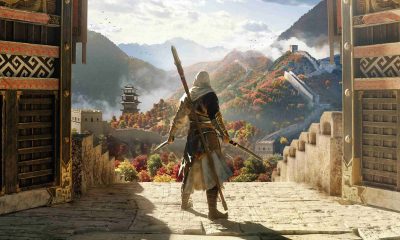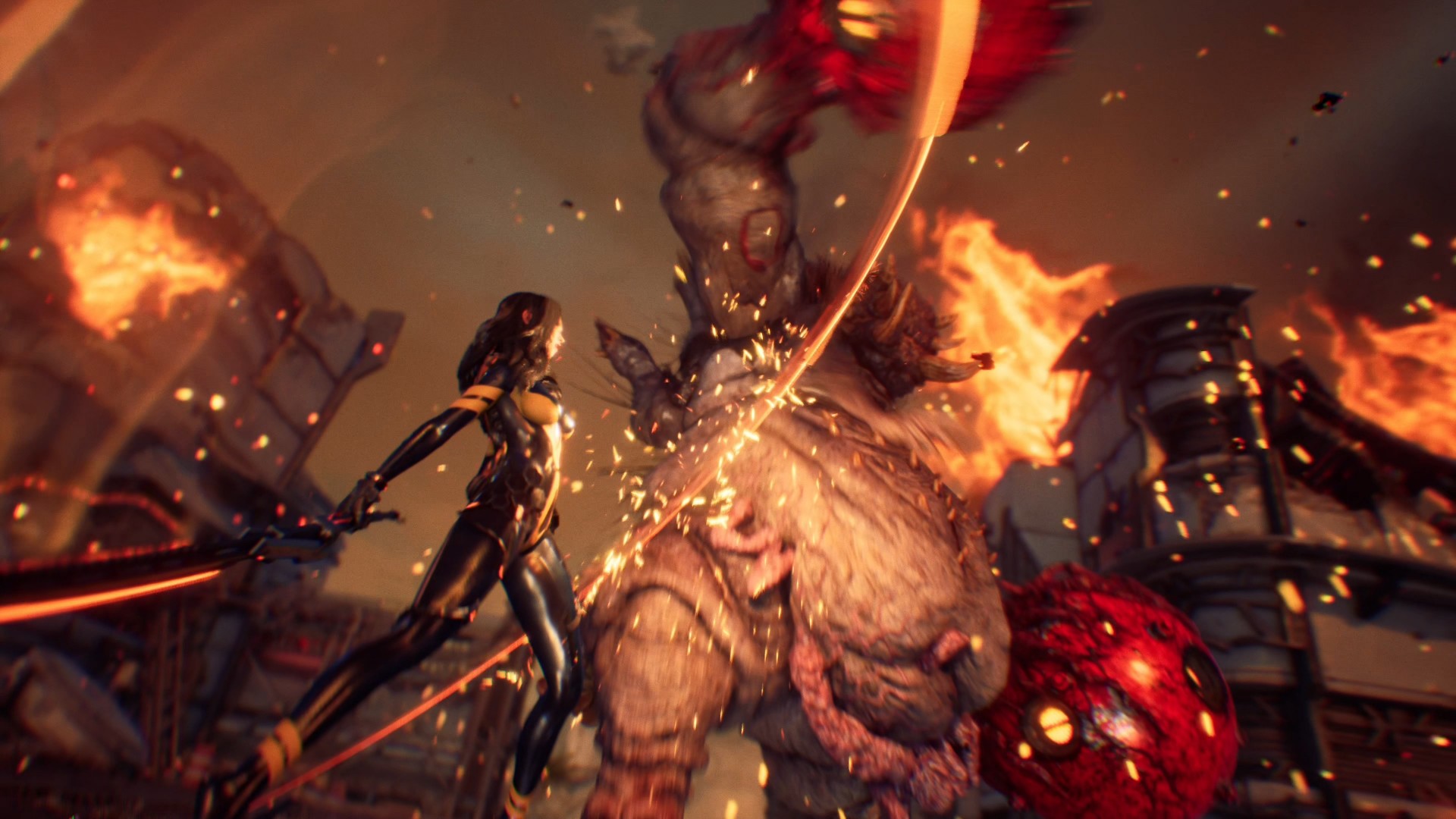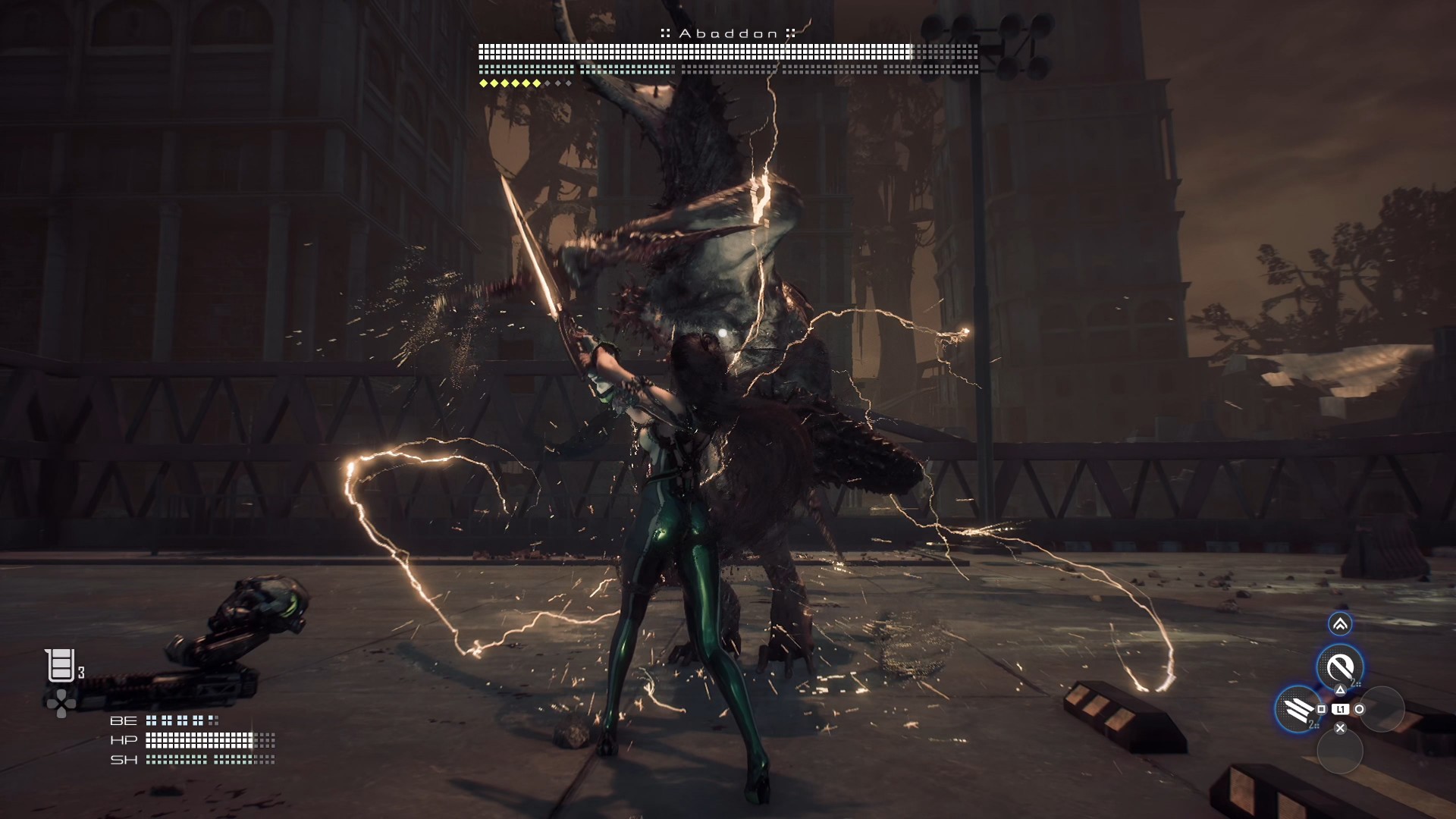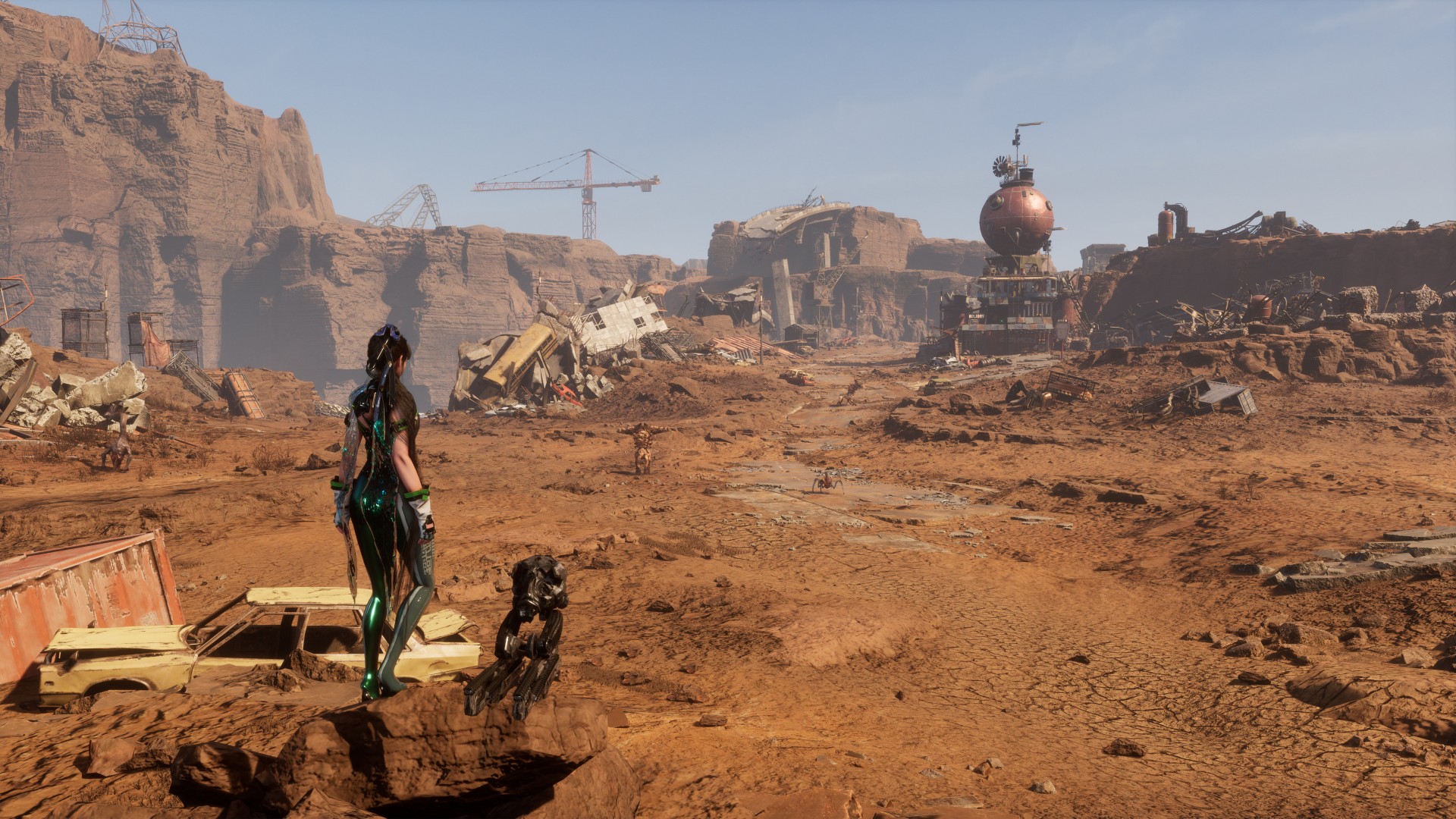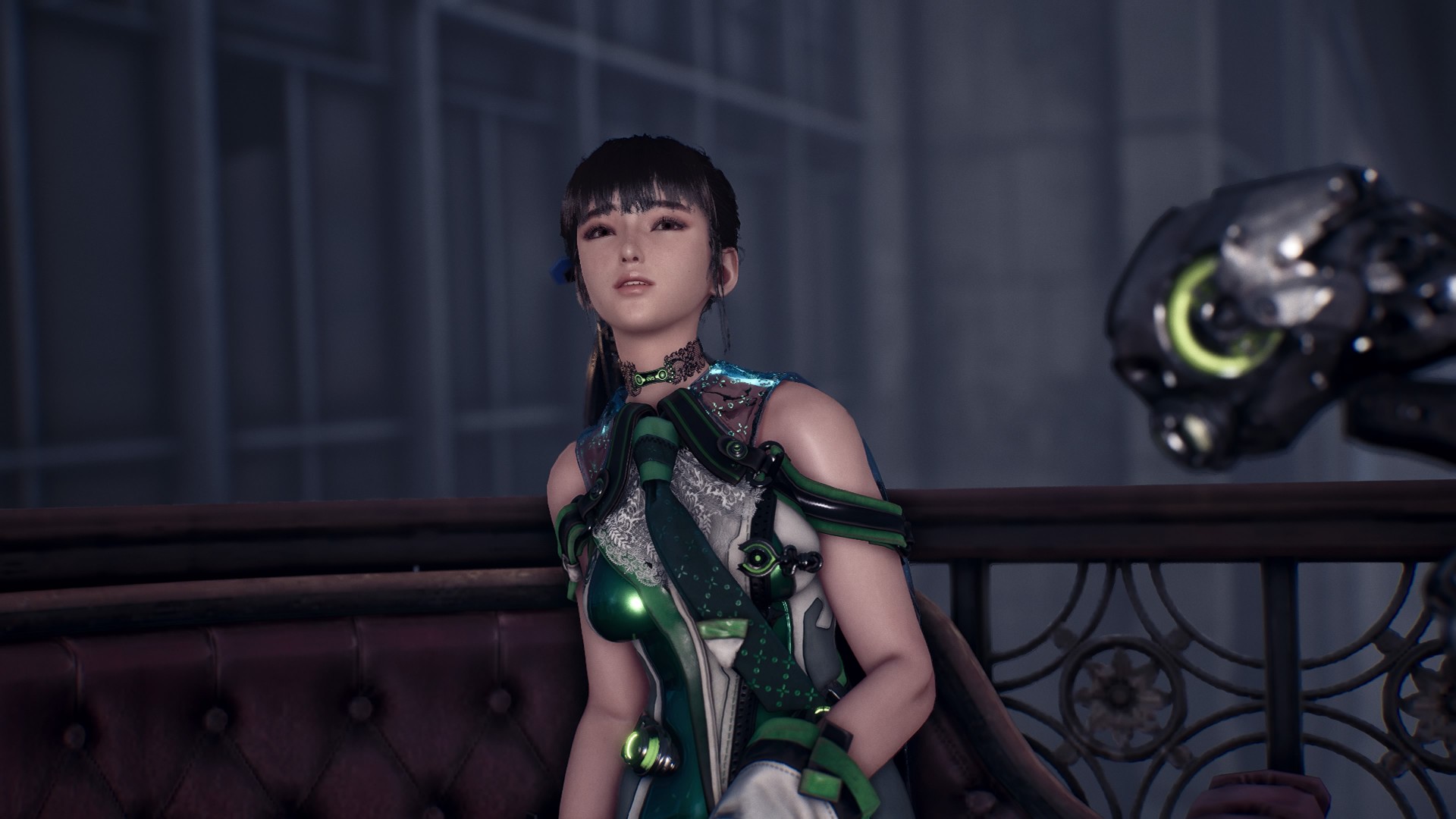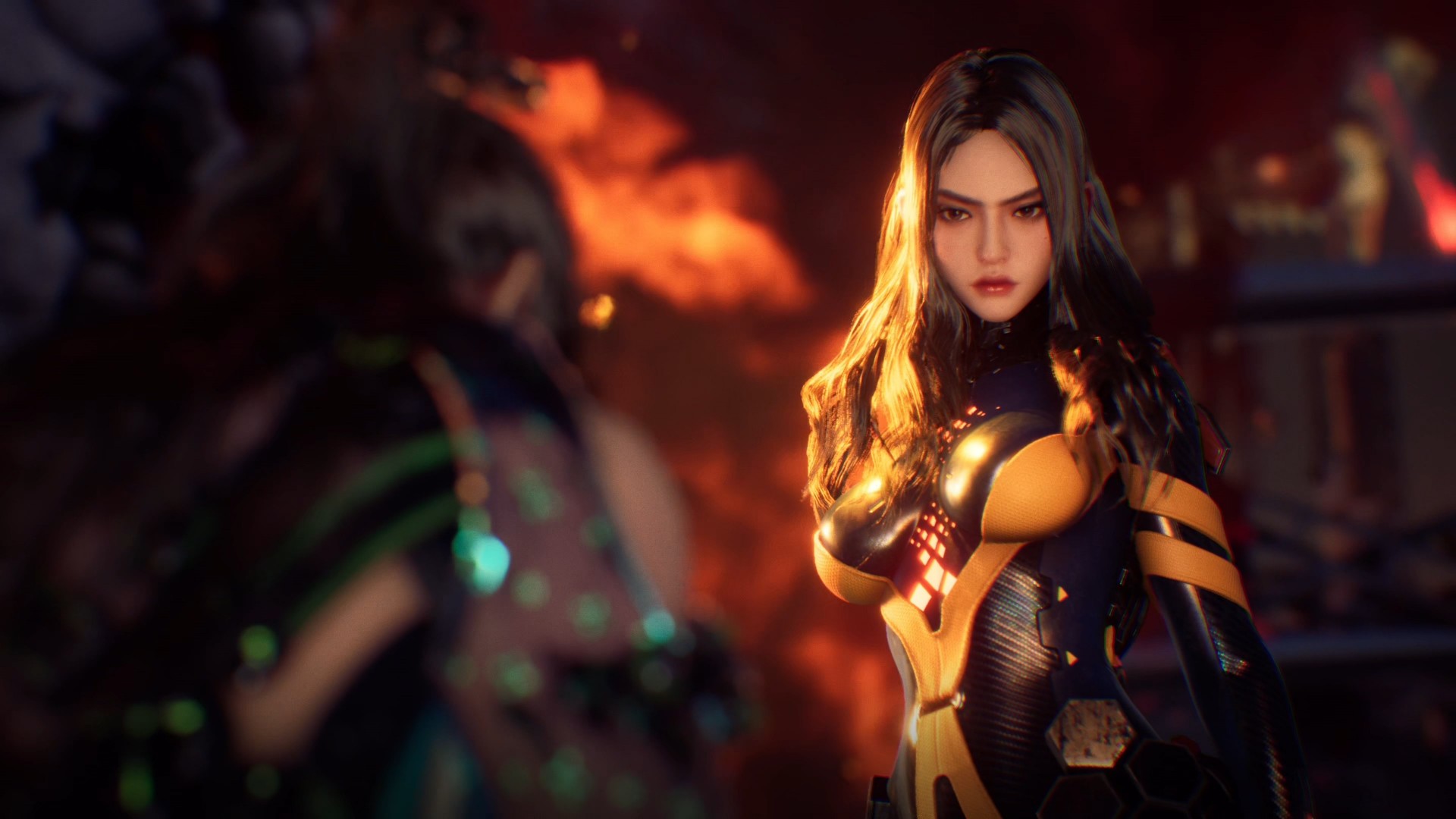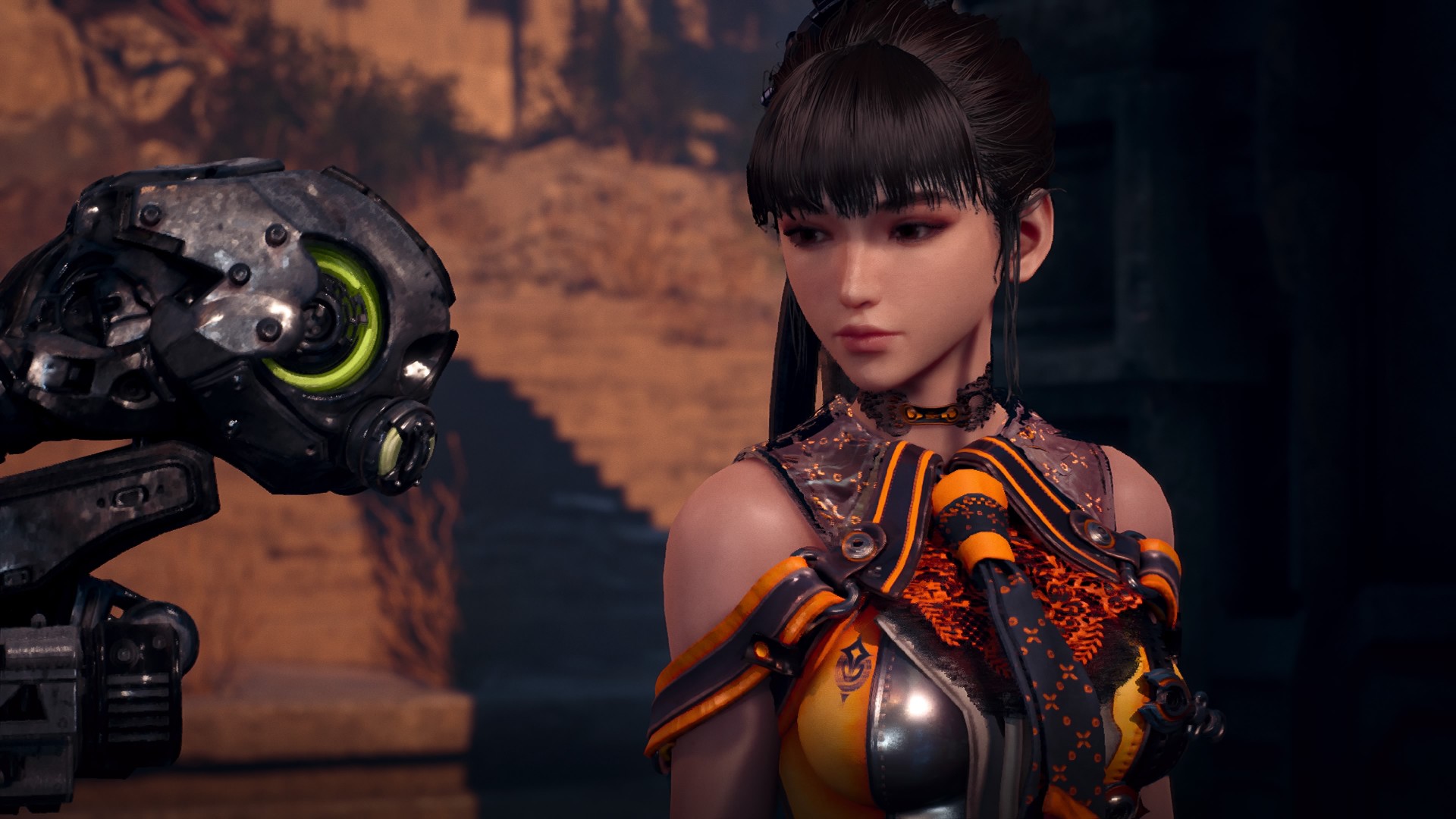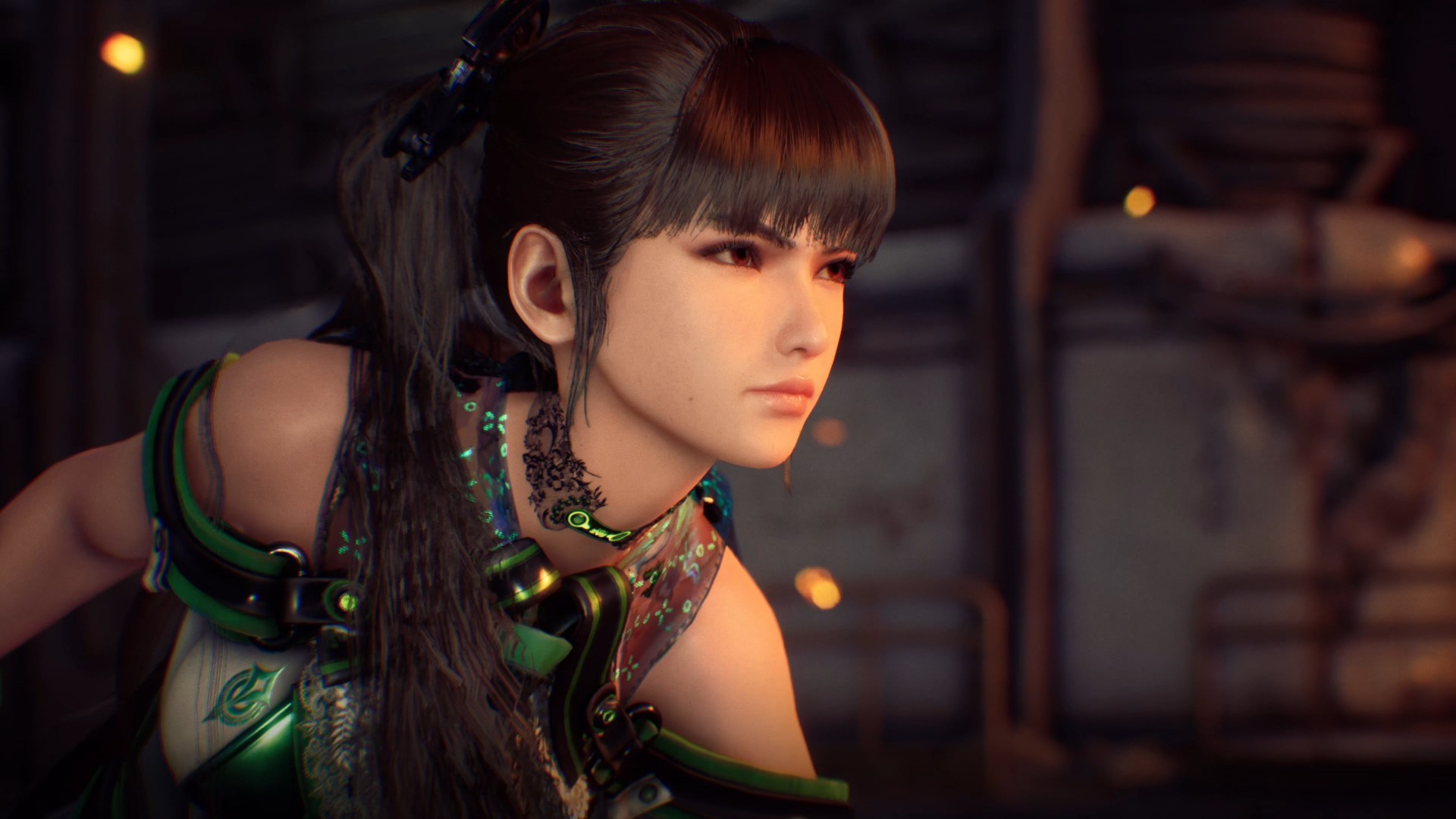Gaming
Assassin’s Creed Origins Review: Steps back to leap forward
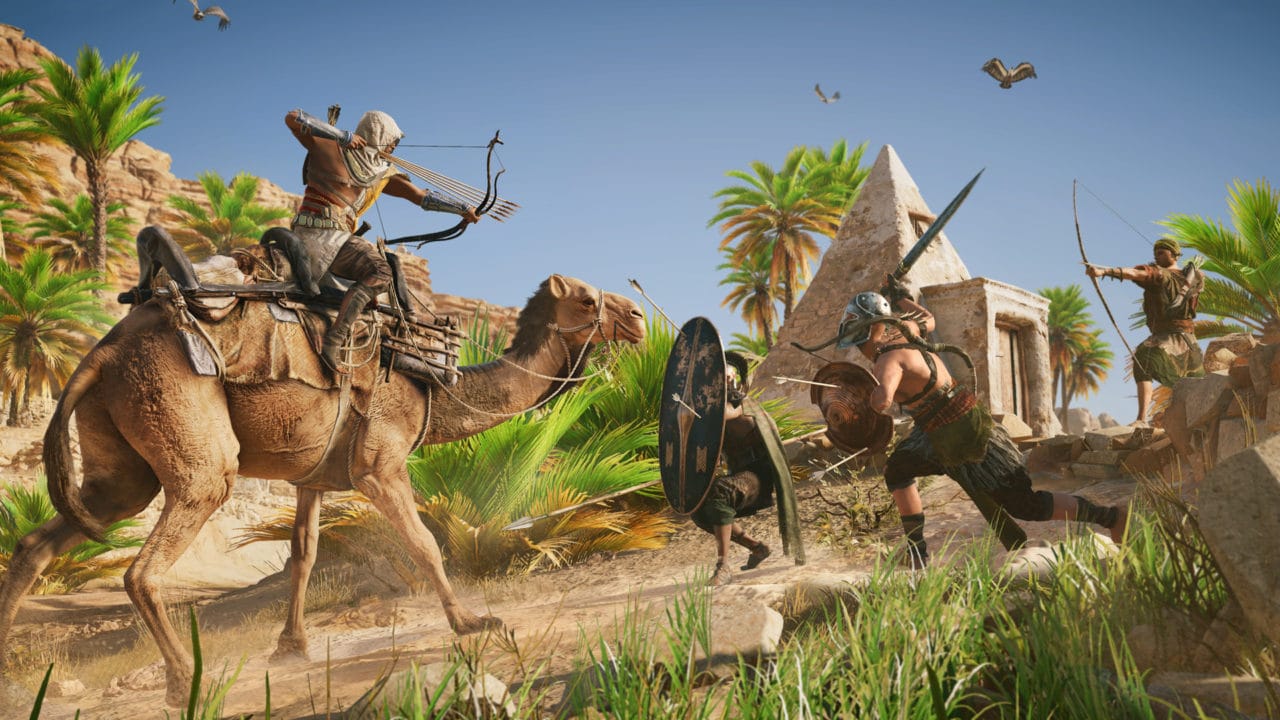
After taking a year off from its annual release cycle, Assassin’s Creed is back. A newbie to the games swan dives into Assassin’s Creed Origins to see if the changes to the formula is enough to revitalize the franchise.
Assassin’s Creed is one of modern video games’ landmark series. It’s actually been a decade since the first game was released, which started off a hugely successful multimedia franchise spanning games, comics, novels, and even a Hollywood film.
Recent years haven’t been as kind to the brand, though. The annual releases on every platform eventually wore on critics and consumers, as review scores and sales dwindled after the peaks of the second and third main games. Ubisoft, the series creator, eventually gave Assassin’s Creed a one-year break before putting out this latest installment.
I mention all this because even as a games enthusiast, I went into Assassin’s Creed Origins having zero experience with the whole franchise.
Back to the beginning
For a series newbie, the setup is perfect. Origins basically tells how the Assassin Brotherhood, the secret organization that each protagonist from every game is part of, came to be. It takes place at the tail end of Ancient Egypt. The two pharaohs Ptolemy and Cleopatra are at odds over who should be the rightful ruler. Meanwhile, the threat of Roman imperial influence on the nation, spearheaded by Julius Caesar, hangs heavy over the embattled Egyptian monarchy.
Amid this political turmoil, you play as Bayek, the medjay of the province of Siwa, and the very last of Egypt’s ordained protectors. You are on a quest for revenge against a shadowy cabal planning on taking complete control of the country.
No other big budget game comes to mind that tackles this particular setting, so my interest was piqued, despite the rather messy intro. Fortunately, that interest blossomed into a mostly enjoyable 42-hour experience!
Gorgeous and gigantic
That enjoyment had a lot to do with how much I wanted to be in Origins‘ staggering simulation of Ancient Egypt. From the way sand blows in the desert winds to how sunlight gleams on the surface of the Nile; from the architectural apex of Greek and Egyptian antiquity in Alexandria to the fading beauty of Egypt’s capital Memphis; and from the artistic Hellenistic heights of Greco-Roman Cyrene to the ever-enduring mystery and majesty of the Pyramids of Giza, Origins renders it all in stunning fashion.
Even the depiction of life and culture in that age is impressive. Markets and ports bustle with merchants peddling wares and laborers working on galleys. Guards on horseback and chariots patrol cobblestone streets and escort traders across land and sea. A whole mountain village is dedicated to extracting salt for mummification, with the statue of Anubis, the jackal god of death, perched on a shrine overlooking the settlement.
So, even though I found the quests at the beginning to be worryingly banal, I sought them out just to learn more about the world. A good deal of them flesh out the overarching narrative, too, as they illustrate the villains’ tyranny manifesting in numerous, logical ways.
Likable leads
Bayek’s character shines through his interactions with the populace. I found that he could laugh at himself while still being fiercely passionate in his sense of justice and respect for tradition. Him being a father and a husband reflects on how good he is with kids and understanding of parents with family problems.
His relationship with his wife Aya is also refreshing. They are both extremely competent as warrior assassins and trust each other’s ability. While they share the goal of revenge, they each have distinct motivations that set their character arcs apart. Affection is something they don’t hesitate to show one another. They display moments of emotional vulnerability, but they deal with it maturely like you’d expect from a long-married, caring couple.
The rest of the cast doesn’t come close to this level of characterization, but this core pairing is solid enough that it made me want to see their story through to the end.
Gameplay is a grower
I’m grateful for being so drawn into the world and these two leads, as I wasn’t having a great time with Origins until I played way more of it. After unlocking more abilities, gaining more tools and weapons, and generally getting a hang of the mechanics, I eventually found the gameplay rewarding in itself.
While still having an action/stealth adventure foundation, Origins builds a light RPG structure a la Horizon Zero Dawn on top of it; you level up, get stronger, and gain access to more abilities. You can improve your gear with crafting materials you collect from hunting animals, dismantling equipment, or shopping at vendors. There’s a variety of weapons and shields with stats and unique perks, and they also have levels that determine their effectiveness.
Because Bayek’s capabilities are tied into hard numbers, I was frustrated on numerous occasions during fights and sneaking up on enemies that were just two or three levels higher than me in the early goings. I was still grasping the fundamentals of combat and stealth, so it wasn’t uncommon for me to get spotted while trying to sneak into a base, surrounded by multiple guards, and killed in the ensuing melee.
More demanding mechanics
The fighting system has been revamped, too. It’s reminiscent of Dark Souls in that you’re throwing measured strikes with your weapon while dodging or blocking incoming blows, and every button press has Bayek committing to whatever action you take. If you throw out a strong attack and miss, you will likely get punished with a counter-attack. There is no stamina to worry about though, with only slight pauses in between attack and defend animations to keep you from chaining infinite combos. You do have an “Overpower meter” that gradually fills up in combat. Once it’s full, it allows you to either do a powerful one-hit super move or speed up your every attack for a set amount of time, depending on what weapon you have equipped.
It’s not as tight and responsive as the Souls games, though. I struggled at the sluggishness of striking and the skittery enemy movements.
Going into a heavily guarded fort or bandit hideout, you have one major advantage. You can take control of Senu, Bayek’s trusty eagle companion, to fly over the map and mark locations of your quest objectives, enemies, treasure, and other items you can interact with. It’s critical prep work before entering hostile territory, but even then it didn’t feel like enough for me to confidently clear out encampments without alerting everyone in them.
But once I got comfortable with the controls and earned more abilities, the gameplay started to click with me.
Slow but satisfying surprise
Around eight hours and 15 levels in, I was better at sneaking past enemies and smarter at fighting them with fire bombs and warrior bows. 20 hours and 25 levels in, I was silently headshotting guards and slaying lions and crocodiles. 40 hours and 35 levels in, I was clearing out fortresses and palaces using sleep darts and poison traps and brutally executing entire garrisons with my assortment of legendary dual blades, spears, sickle swords, and staves.
Assassin’s Creed Origins is the perfect example of a lovingly crafted virtual world with a strong sense of place that is truly captivating, so much so that it carried me to discovering joy in seemingly simple systems. It’s a slow starter, for sure, but it turned out to be the biggest surprise for me so far in this year of stellar video games, and I’m glad I took the leap on Assassin’s Creed at the right time.
SEE ALSO: Middle-earth: Shadow of War review — System overload
[irp posts=”22808″ name=”Middle-earth: Shadow of War review — System overload”]

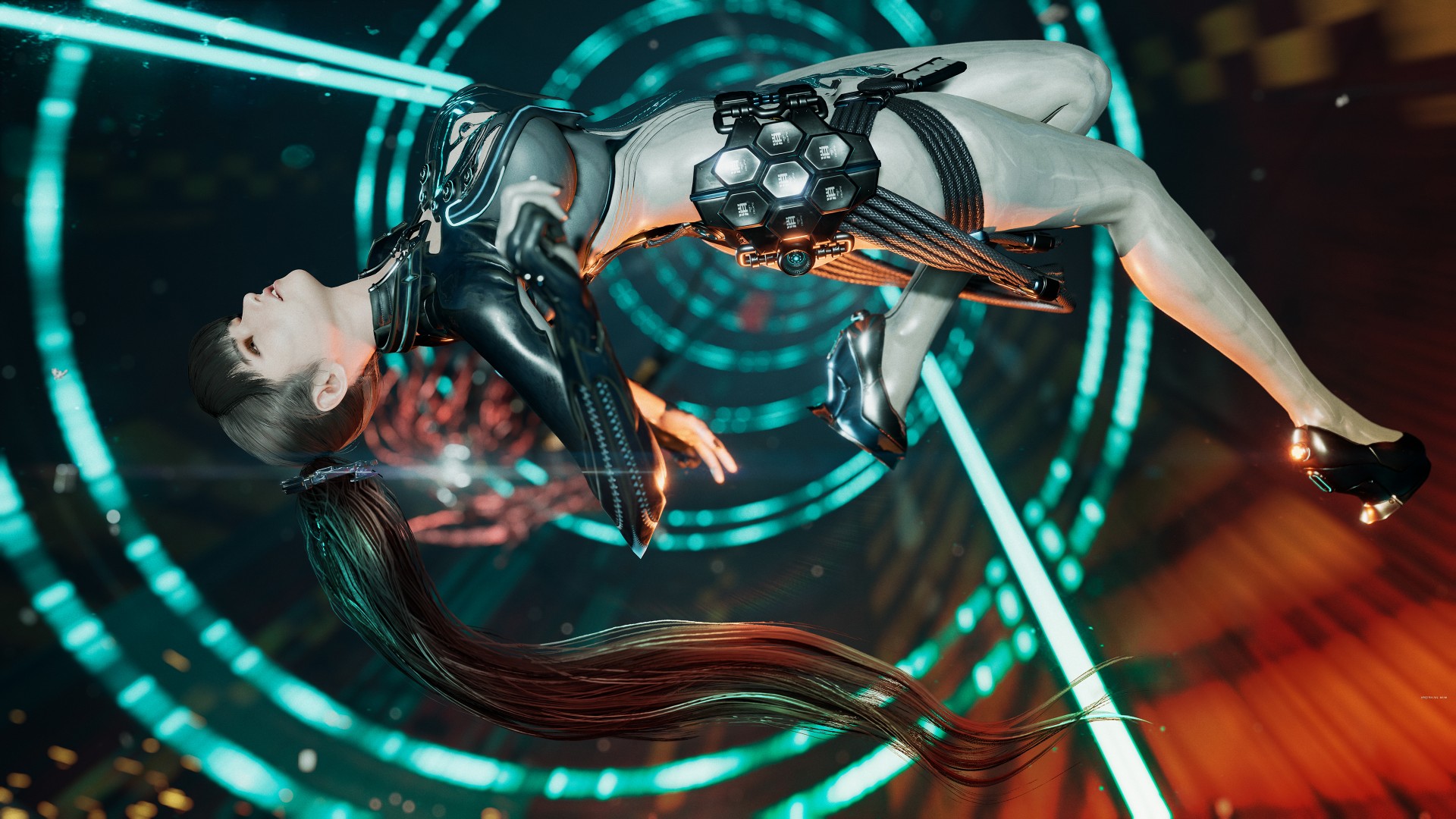
We didn’t have the best impression of Stellar Blade after spending time with the demo. Unlike certain players who poured a full game’s length of hours playing, our reception was lukewarm due to various reasons. But after finally having some time to focus on it, we now have a better understanding of its charm–and that goes beyond character design.
The game’s director has been ever-present in various gaming and tech news websites sharing nuggets about the game and reacting to the many comments made about the proportions of its female characters. That’s a rabbit hole we’re not diving into. Instead, we’re piggy-backing on one of his responses: Just pick up a controller and play it.
Steep combat learning curve
Stellar Blade’s combat didn’t click with us right away. But that’s because we approached it more like a hack-and-slash and not for the precise combo-parry sequence that it demands. A fellow reviewer aptly described our experience: It was a lot more “Soulslike” than we anticipated.
It took a while to get over that hurdle. For one, this writer isn’t particularly fond of Soulslikes. Skill issue. That’s tough considering a big part of this game’s charm is its combat. We can’t say that it fully clicked with us, but it certainly has its moments.
In combat, you have to pay attention not only to your enemy but also to how the protagonist, Eve, acts in different combo animations. If you’re not careful, you might find yourself getting hit during a lull in your combo.
You don’t have to memorize every single combo, although if you could, that’s certainly an advantage. We can compare the practice to memorizing combos of characters in Tekken, although at a milder rate.
Parrying is tricky but that’s not the only way to counter your enemies. One of the first skills you unlock is one that lets you get behind your enemy after they unleash a fatal attack (cued in with blue indicators) and hit back with your own counter. The animation looks so good that you’ll feel like an absolute badass every time you do it. It’s one of the moves that never got old throughout the entire playthrough.
As you progress through the game you’ll unlock ranged weapons that will expand your combat capabilities further. Hard combat enthusiasts should have a field day.
For more casual players, there’s no shame in switching to Story Mode which is what we did for about 70% of the playthrough. It’s easier, sure. But it can still present challenges especially during certain encounters.
The boss battles are TOUGH
We’re going to chalk this up again to skill, and perhaps patience, issue. But Stellar Blade’s boss battles are incredibly tough. Not to the point that you’ll want to throw your DualSense controller though.
What can make it frustrating is that the patterns of the enemies, especially the earlier bosses and mini-bosses, are easy to track. But they’re not exactly easy to deal with.
Parrying becomes an even more critical skill in these encounters. It’s one of the reasons why we opted to slide down the difficulty. Otherwise, this writer will never finish the game.
Pulling from different games, worlds
We have seen many compare Stellar Blade to the Nier games. Other than the setting, another big contributing factor in that comparison is the soundtrack.
During roaming, exploring, and combat, the music will change from time to time. However, they stick to this theme that’s a little eerie. It’s hard for us to describe but it’s almost like a crescendo that never quite swells up. It matches the game’s world perfectly — it feels hollow and devoid of life but still has a sliver of hope.
Combat isn’t the only thing you’re doing here. While it’s mostly linear at first, Stellar Blade offers a healthy mix of exploration, platforming, and puzzle-solving.
The puzzles don’t get in the way of the pacing. They’re quite engaging and offer a decent level of challenge. Roaming and exploration will yield you loot to improve your gear and stats. Occasionally, a Naytiba (the game’s primary foils) will surprise you for a good jumpscare moment.
Stellar Blade doesn’t reinvent anything nor does it offer anything particularly new or groundbreaking. But everything it borrowed from other games is retrofitted to match the game’s vibe and overall aesthetic. The result is a polished experience of familiar gaming mechanics.
Eve
Another aspect that did not grab us as much during the demo is the main character, Eve. The first hour of the game doesn’t do much to endear the player to her.
That slowly changes as you play through the game. Through a mix of cut scenes and world-building collectibles, you get a better sense of what Eve is, her mission, and ultimately her purpose.
If you’re familiar with the animé Violet Evergarden, Eve and that show’s protagonist share a similar character arc. They initially seem one note and bland, but the layers are peeled back as you learn more about them and how they relate to the world and the people around them.
Is she hot? Hell yeah. But as cliché as it is, she’s certainly more than what meets the eye.
Should you play Stellar Blade?
Unlike the PlayStation 5 exclusive that immediately preceded it, Stellar Blade has plenty in common with past PS5 exclusives — visually captivating, cinematic experiences, with satisfying gameplay.
Its level of challenge is closer to Sekiro and Bloodborne but it’s also not quite as difficult. In the same category but certainly not in the same stratosphere.
It also has an alluring charm that goes beyond its aesthetics. As mentioned earlier, nothing about it is particularly new or groundbreaking. But it’s polished and cohesive. There’s something about the overall feel of the game that draws you in and makes you want to see it through.
Stellar Blade is a Day 1 purchase if you’re up for the challenge. And if you consider the game director’s goal of having a high quality AAA console game from South Korea which is dominated by PC and mobile gaming, we say they did just that. Now, it’s just up to us to pick-up the controller and play.

Get your game on with the Lenovo LOQ 2024. This capable laptop is your entry point to PC Gaming and a lot more.
It comes an absolutely affordable price point: PhP 48,995.
You get capable hardware and the hood to support gaming and more. The Lenovo LOQ 15IAX9I runs on the 12th Gen Intel Core i5 processor and Intel Arc Graphics.
Those are key to bringing unreal graphics to this segment. Supporting latest tech like DirectX 12 Ultimate, players are able to enjoy high frame rates on the Lenovo LOQ.
Creating content? It comes with AI Advantage to help boost performance. Engines and accelerators boost the media processing workloads especially for creatives. It also works with Intel’s X Super Machine Learning, Leading to images that are as close to reality.
The laptop supports a configuration of up to 32GB of RAM and 1TB of SSD Storage.
As for its display, the device has a large 15.6-inch, Full HD panel that is more than enough for gaming, video editing, content consumption, and whatever else you do on a laptop. This display has 144Hz refresh rate, 300 nits brightness, and anti-glare.
Videos come out clear, crisp, and realistic. Audio is punchy and as loud as it gets. Windows Sonic elevates it more when you use headphones. And it just takes a few minutes to render HD videos on editing software.
As it runs on Windows 11, if you are going to use it for work, you can take advantage of various features. The Lenovo Vantage Widget is there for constant reminders, Copilot will help you organize your tasks, and Microsoft Edge is there for casual browsing.
There is an assortment of ports at the back for easy connectivity. And as this is meant for gaming, we put it to the test. Racing that looks better with high frame rate? Check. Shooting titles that require heavy work? Not a problem. You can play all your favorites and not worry about performance.
Best of all, it takes less than an our to juice up this laptop all the way to 100%.
So, whether you’re looking to get started with PC Gaming, or an upgrade for work and entertainment needs, the Lenovo LOQ has you covered.
This feature is a collaboration between GadgetMatch and Lenovo Philippines.
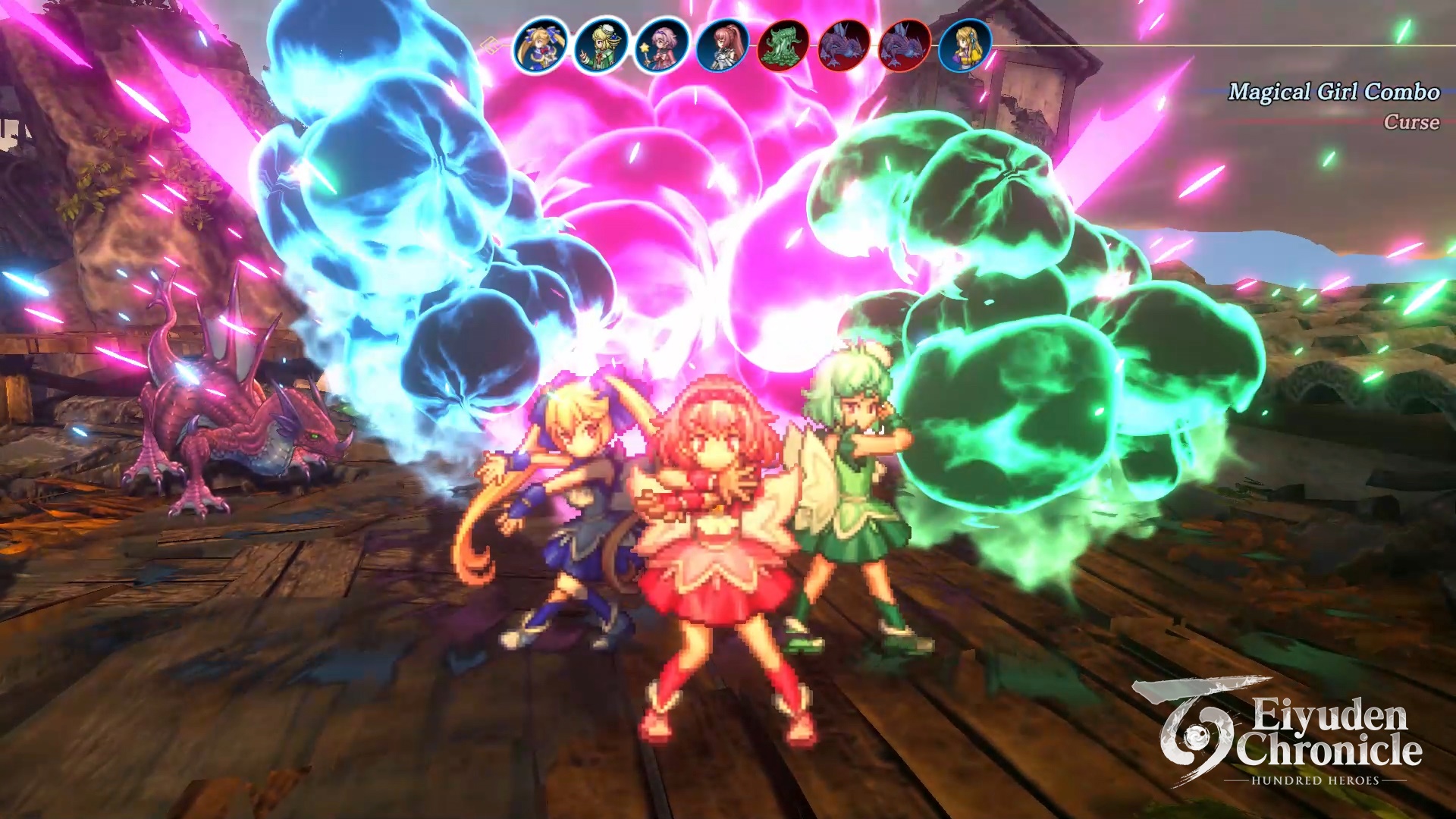
Rabbit and Bear Studios and 505 Games’ Eiyuden Chronicle: Hundred Heroes is now available across multiple platforms. One of the most anticipated JRPGs in recent memory may now be played on PlayStation 4, PlayStation 5, Xbox X|S, Xbox One, and Nintendo Switch. Moreover, it may be accessed on PC via Steam, the Epic Games store, and GOG.
Eiyuden Chronicle: Hundred Heroes is crafted by game developers Junko Kawano (Suikoden I, IV) and the late Yoshitaka Murayama (Suikoden I, II). The title features a modern take on classic 2D side-scrolling games. It has a six-character battle system, meticulous 2D sprites and 3D backgrounds, and a riveting story. As the name suggests, you can play over 100 characters.
GadgetMatch had the privilege of playing the game’s early preview here: Eiyuden Chronicle: Hundred Heroes First Impressions
The refreshed environment immediately stands out. There is more detail, depth, and movement compared to how side-scrolling games of the past used to be played. The game lets players choose their party mates. Meanwhile, the actual combat is turn-based, giving players room to strategize what sequences or gimmicks to select.
With more than 100 characters to choose from, the game also allows players to appropriately select heroes fit for certain regions and dungeons throughout the story. Moreover, some are designated catalysts that can give you access to more of the world’s treasures. In between, users may enjoy mini-games, like the fishing side quest in the preview. The collected fish can be part of another mini-game — cooking — as ingredients for recipes you can cook with.
-

 Events2 weeks ago
Events2 weeks agoStellar Blade: PlayStation taps cosplayers to play Eve for game’s launch
-

 Features1 week ago
Features1 week agoFortify your home office or business setup with these devices
-

 Accessories2 weeks ago
Accessories2 weeks agoLogitech unveils G Pro X 60 gaming keyboard: Price, details
-

 Reviews1 week ago
Reviews1 week agorealme 12+ 5G review: One month later
-

 Deals2 weeks ago
Deals2 weeks agoTCL P635 TV: Big savings for TCL’s anniversary
-

 Gaming1 week ago
Gaming1 week agoNew PUMA collection lets you wear PlayStation’s iconic symbols
-

 Accessories1 week ago
Accessories1 week agoMarshall Major V: Reasons Why I Love It
-

 Gaming1 week ago
Gaming1 week agoMore PlayStation 5 Pro specs have been leaked



